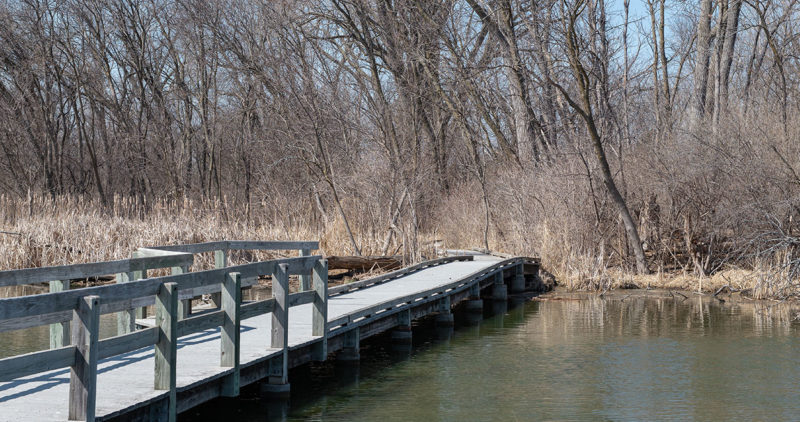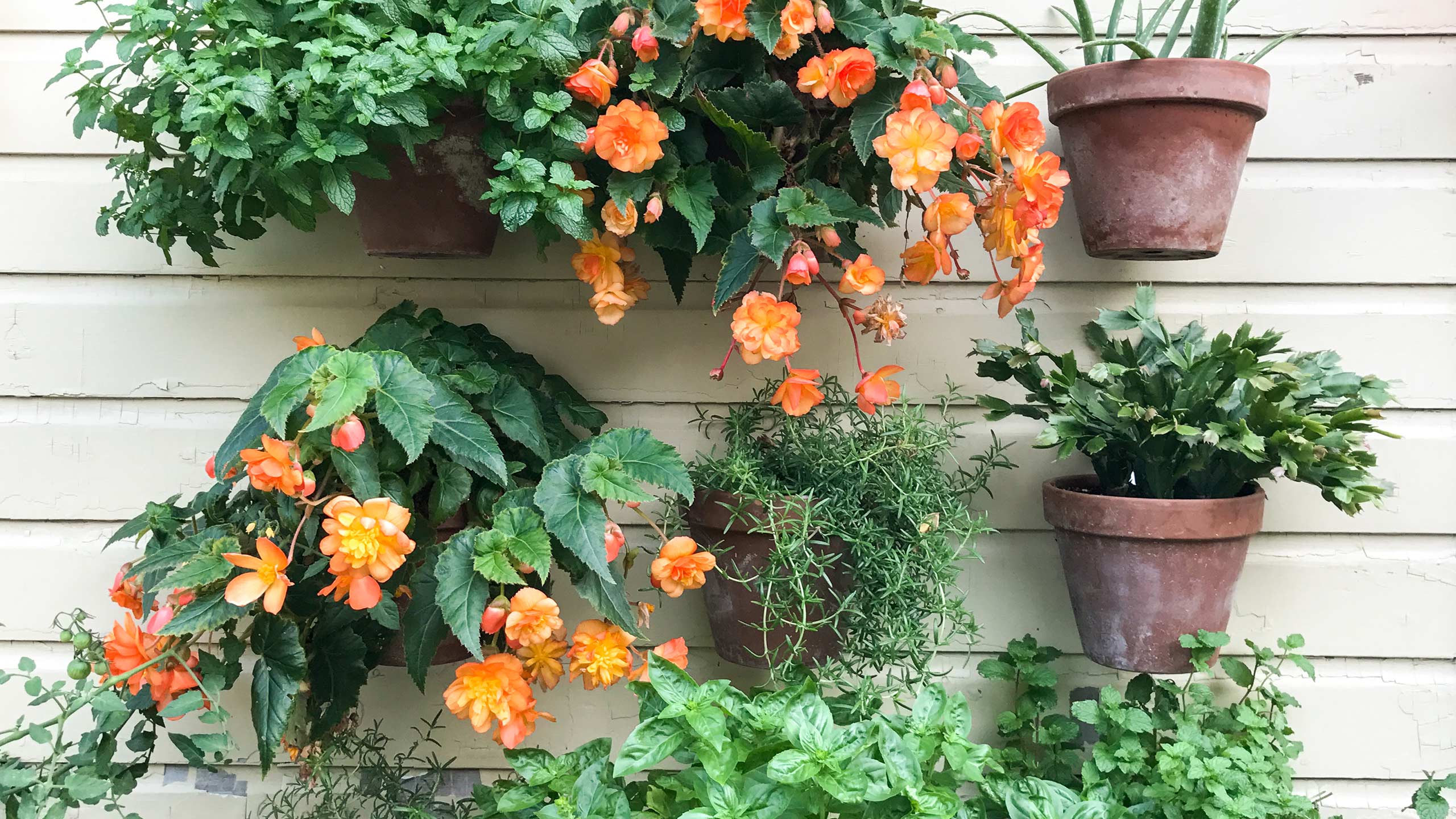
There’s really nothing better than the taste of fresh, sun-ripened vegetables, grown and picked in our own gardens. It’s easy to assume that producing home-grown edibles always requires a big, sunny back yard and lots of back-bending work, but that’s not the case. There’s more than one way to raise a garden, and no matter where you live, the time you have, or your level of gardening experience, we have an edible garden plan that will work for you.

Little Space? Or New to the Veggie Game?
The vision of several square yards of lush, productive vegetable garden is fun to imagine, but it can also be a little intimidating for new gardeners. And many of us don’t have the time or the space for a big garden anyway. For both situations, patio container gardens are great alternatives. Many of your edible favorites – including herbs, salad greens, and compact varieties of tomatoes and peppers – grow well in larger pots right on your patio. Containers are great for beginning gardeners too because they let you try a few different crops in pots you probably already have – and with fewer challenges from bugs, weeds, and veggie-munching critters. You can even grow things like annual strawberries and certain cherry tomatoes in large hanging baskets. For best results, we recommend using deep pots with drain holes and a good quality commercial potting mix. Then, be sure to water and fertilize regularly.

Need a Lot of Food from Not a Lot of Space?
Raised beds allow vegetable gardeners to get a lot of production out of a limited space. Typically, a raised bed is a frame or box six to eight inches tall and about four feet wide, constructed of wood or blocks – and filled with quality top soil mixed with compost and other amendments. The bed can sit directly on the ground, can be elevated on a base, or can be incorporated into your existing landscape beds. In a raised bed, gardeners have more precise control over the conditions that their plants experience throughout the season – from soil quality to drainage to fertilizer to foot traffic. With closer scrutiny and controlled conditions, plants thrive and can be spaced closer together than we might normally tend to space them. Gardeners can then use intensive garden practices like interplanting and succession gardening to get the most production out each square foot. And the soil in a raised bed heats up earlier in the spring and stays warmer into the fall, allowing for a longer growing season too.
Limited Mobility?
Because raised beds are more compact and elevated, the plants are easier to tend to. Dedicated paths around the beds allow gardeners to move around the box and easily reach in to plant, trim, and harvest – rather than bending down all the way to ground level for everything.

Big Plants in the Plans?
Container and raised bed gardens have several advantages – but providing enough room for some of the bigger varieties of vegetables isn’t one of them. Plants like corn, melons, and indeterminate, vining-type tomatoes need lots of space. If these kinds of plants are in your plans, planting directly into an in-ground bed is your best option. To this list, greenhouse team member Noel Olson also adds root vegetables like potatoes, onions, and shallots – they like cooler soil temperatures – as well as perennials like rhubarb and asparagus.
Let’s Grow Some Veggies
No matter what kind of yard, time, or garden experience you have now, you can enjoy the unparalleled taste and nutrition of fresh, homegrown produce. If we’ve sparked some ideas or created even more questions, just stop by and speak with one of our greenhouse team members. We’re vegetable gardeners ourselves, and we’d love to help you get started too.


